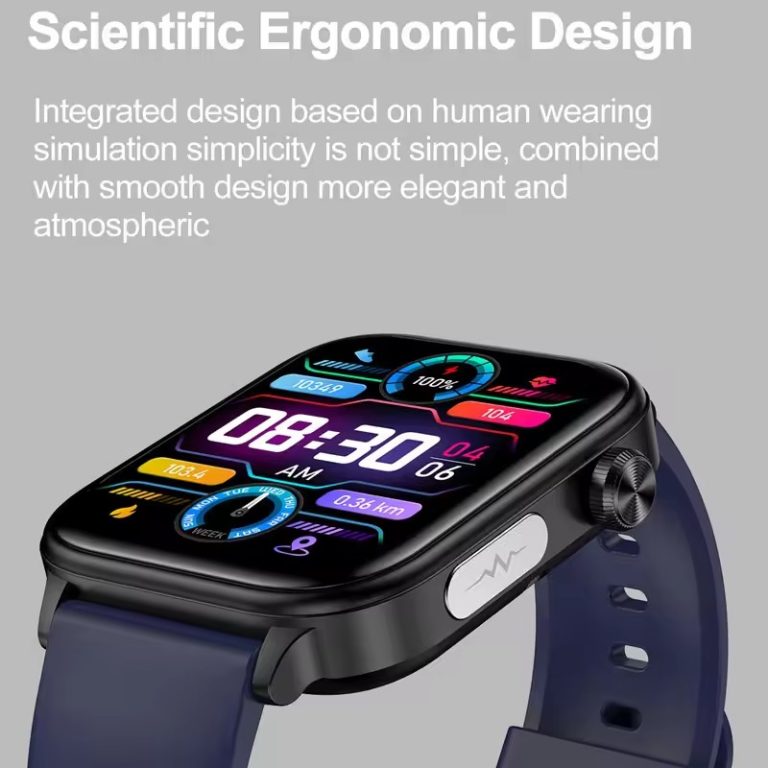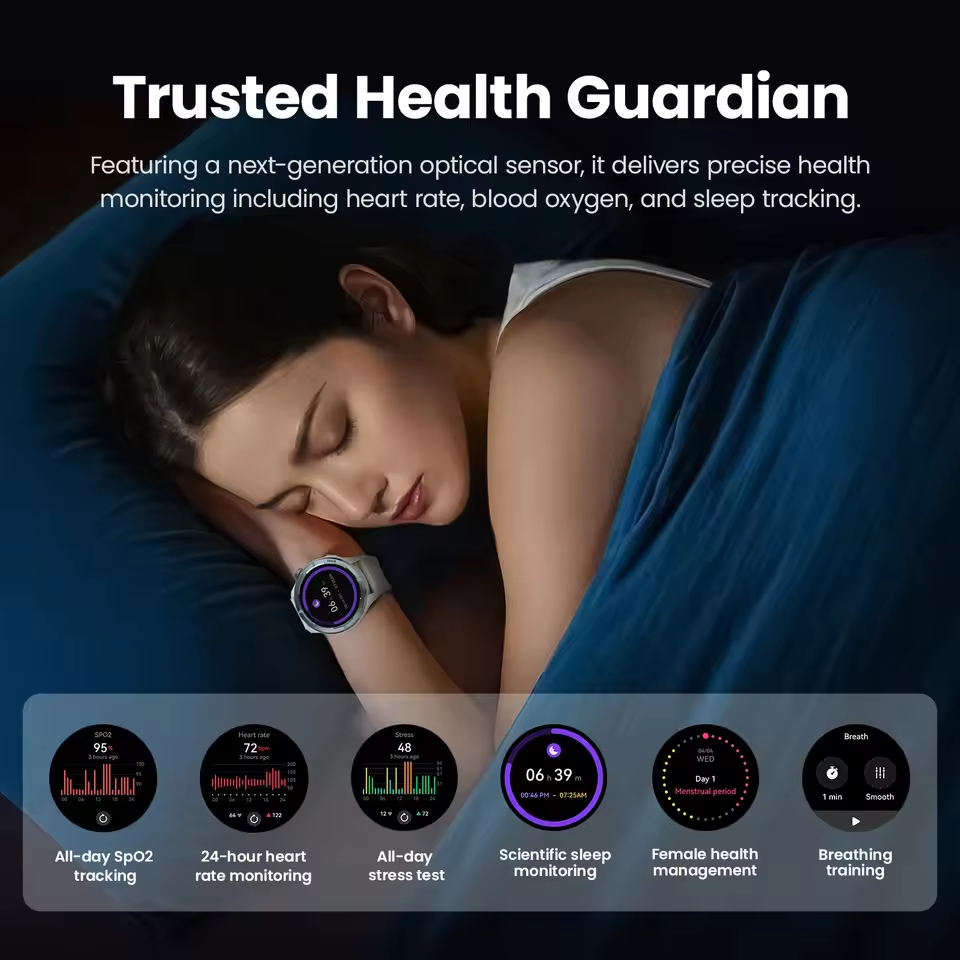The Evolution of Smartwatch Technology
The smartwatch has come a long way since its inception. Originally, these devices were mere extensions of the smartphone, providing notifications and simple controls. But the evolution of smartwatch technology has been rapid and impressive. Early models could only offer basic features like alarm clocks or stopwatches, and they required a constant Bluetooth connection to a phone for most functionality.
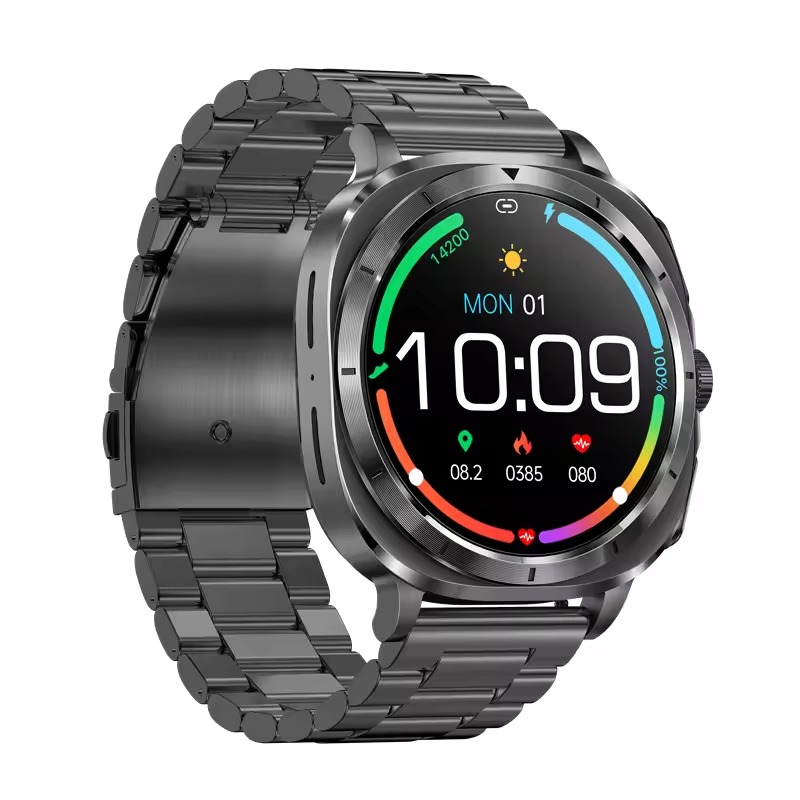
However, advances in miniaturization and wireless technology have paved the way for the smartwatch without phone era. Now, standalone smartwatches boast independent cellular connectivity. This feature allows users to make calls, send texts, and access the internet all from their wrist. GPS functionality, previously reliant on a connected phone, now comes built into many models, enabling accurate tracking for navigation and fitness activities.
Battery life, an initial concern for early smartwatch adopters, has seen significant improvements. Modern smartwatches can now last days on a single charge, despite the additional power demands of their expanded features. Processor speed and storage space have also seen substantial upgrades, giving these devices the ability to run complex apps and store music, effectively replacing phone functions for many users.
Additionally, app developers have embraced the smartwatch platform, creating a variety of apps that can operate independently of a phone. From health tracking to entertainment, the range of available apps means that the wearables are more versatile than ever.
The transformation of smartwatches into standalone devices reflects a shift in consumer demand for more independent, powerful, and versatile wearables. With the continual refinement of technology and design, the smartwatch has become not just a gadget, but a robust tool capable of enhancing daily life. As we look to the future, these devices are set to become even more integrated and indispensable to the modern user, paving the path toward true smartwatch independence.
Key Features of Standalone Smartwatches
Standalone smartwatches come packed with features that assert their independence from phones. Here are the key functions that make them self-sufficient:
- Cellular Connectivity: They have built-in SIM cards or eSIM technology. This lets users make calls, send texts, and browse the web without a linked smartphone.
- GPS Navigation: With GPS built right in, these smartwatches offer real-time location tracking. This is ideal for navigation and fitness tracking on the go.
- Onboard Storage: They come with internal storage to save music, apps, and data. This removes the need for constant phone connectivity to access content.
- App Ecosystem: Many smartwatches have their own app stores. Users can download apps directly to the watch, keeping them connected and productive.
- Health and Fitness Tracking: Advanced sensors monitor heart rate, sleep patterns, and activity levels. Users can get insights and tracking without carrying a phone.
- Battery Life: Improved battery efficiency means these watches can last days. Users can stay connected and track activities without frequent charging.
- Water Resistance: Many models are water-resistant. This means they can withstand sweat, rain, and even swimming sessions.
The goal of a smartwatch without phone is clear: to provide the convenience of a smartphone but in a compact, wrist-worn form. These features are just the start. Manufacturers continue to enhance the functionality of these wrist companions, making them more attractive for a lifestyle on the move.
Top Smartwatches That Don’t Require a Phone
The market offers a variety of top smartwatches that can operate without a phone. Here are some leading models that embody smartwatch independence:
- Apple Watch Series: The Apple Watch Series allows users to make calls, text, and stream music with just the watch.
- Samsung Galaxy Watch: This smartwatch supports eSIM, enabling phone-free calls and internet access directly on your wrist.
- Garmin Forerunner: Perfect for athletes, the Garmin Forerunner provides in-depth fitness tracking and onboard GPS for navigation without needing a phone.
- Fitbit Versa: Alongside fitness features, Fitbit Versa lets users download apps and store music for a phone-free experience.
- Fossil Gen: Fossil Gen watches come with Google’s Wear OS, facilitating access to apps and notifications independently.
These smartwatches represent the forefront of technology that frees users from their phones. They are packed with features like cellular connectivity, GPS, and ample storage, setting a new standard for what we expect from our wearable devices.
Choosing among these can depend on your preferences for design, app ecosystem, and specific functionalities. However, each shows the power and convenience of modern smartwatches, pushing us closer to a future where our wrists hold all the tech we need. With these devices, users can stay connected, track their fitness, and enjoy entertainment—all without having to carry their phones.
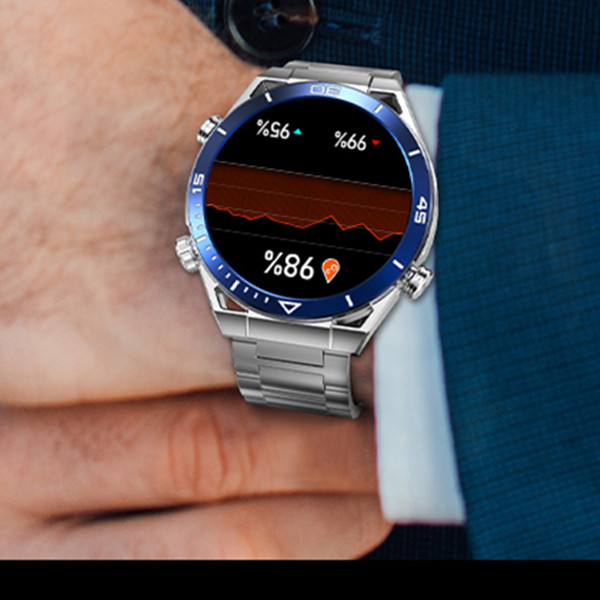
How Smartwatches Function Without a Phone
Standalone smartwatches have advanced to operate without a phone. This leap in functionality is due to several key technologies and features. First, built-in cellular connectivity, with SIM or eSIM technology, lets these devices make calls, send texts, and access the internet independently. They connect directly to cellular networks, just like smartphones.
Next, integrated GPS systems provide real-time location data. This allows for accurate navigation and tracking of fitness activities, all without needing a phone’s GPS. Users can explore new routes or record exercise sessions wherever they are.
Internal storage plays a crucial role in phone-free smartwatch operation. These watches can store music, apps, and personal data. This means users can listen to their favorite tunes, use apps, and check important information without syncing to a phone.
Another major factor is the dedicated app ecosystem for these smartwatches. Users can download apps right from their wrist, keeping them engaged and productive on the go. This ecosystem continues to grow, offering a wide range of functionalities from health tracking to entertainment.
Health and fitness sensors embedded in the smartwatch track heart rates, sleep patterns, and activity levels independently. This allows for a comprehensive health overview without additional devices.
Lastly, improved battery life allows these watches to operate for days on a single charge, ensuring connectivity, entertainment, and tracking are uninterrupted.
In summary, smartwatches without phones combine cellular connectivity, GPS, onboard storage, and a supportive app ecosystem. They include robust health and fitness tracking and long battery life to provide a seamless, phone-free experience. These features empower users to stay connected and functional through just their wearable device.
Benefits of Smartwatches for Different User Demographics
Smartwatches without phones offer unique advantages to diverse groups of users. Each demographic finds value in specific features tailored to their lifestyle and needs.
- Busy Professionals: They benefit from the seamless connectivity. With a wrist tap, they manage calls, emails, and alerts. No need to fetch a phone during meetings.
- Fitness Enthusiasts: Built-in GPS and health tracking cater to active users. They monitor workouts and health stats without carrying extra devices.
- Seniors: Simple interfaces and emergency call features provide safety and ease of use. Health monitoring functions add a layer of security for their well-being.
- Parents: GPS features allow them to track their children’s location. They also control music and apps, keeping kids entertained on the go.
- Travelers: With global cellular connections and travel apps, they navigate new places with ease. They avoid the hassle of handling multiple devices.
- Tech-Savvy Consumers: Always ahead, they enjoy the latest apps and features. They relish leading a connected life from their wrist.
- Students: They stay informed and organized with calendar and reminder apps. Access to academic tools without a phone keeps them focused.
Each user group gains independence and convenience with these advanced smartwatches. With no phone required, they enjoy flexibility and stay connected in a smart, streamlined way.
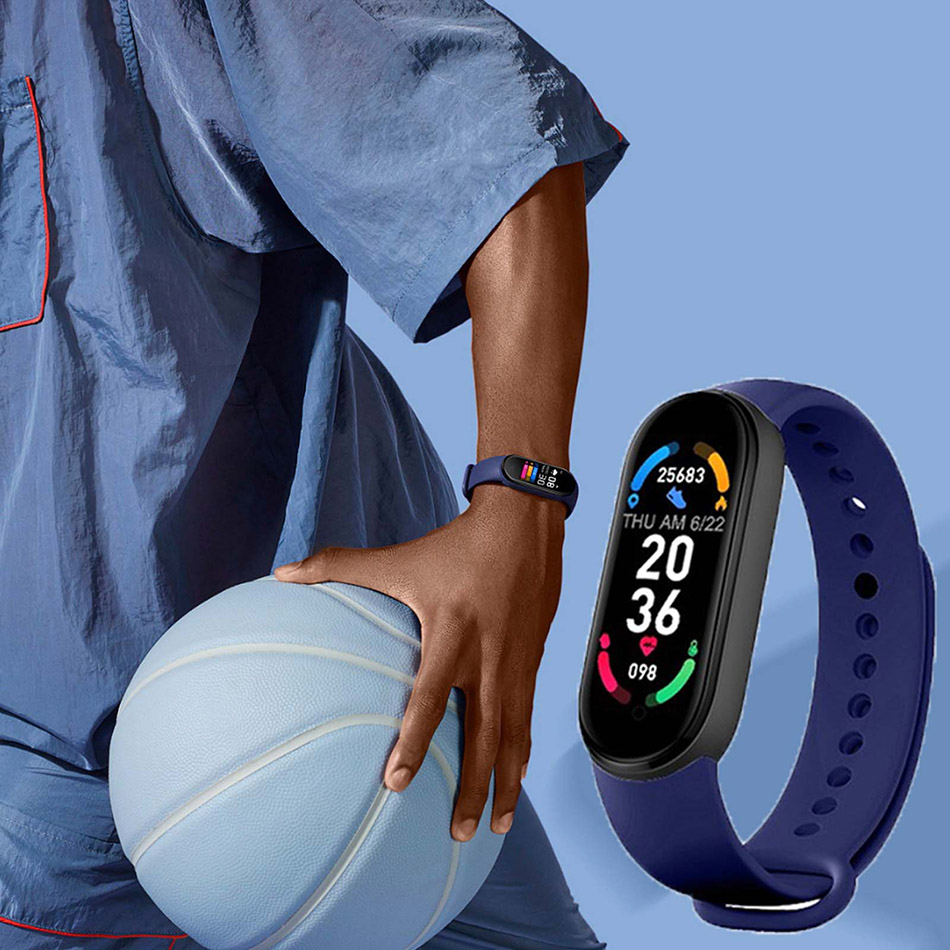
Considerations Before Buying a Phone-Free Smartwatch
Before committing to a smartwatch without phone, consider several factors to ensure it meets your needs. Here is what to keep in mind:
- Compatibility: Check if the smartwatch is compatible with your wireless service provider. Not all watches work with every network.
- Battery Life: Assess the battery life claims. Look for watches that provide enough power to last through your typical day.
- Design and Comfort: Choose a design that suits your style and is comfortable to wear daily. Remember, you’ll wear it almost all the time.
- Features and Apps: Make sure it has the features you need. These may include GPS, fitness tracking, or specific apps.
- Durability: If you’re active or clumsy, durability matters. Opt for a watch that can withstand drops, water, and dust.
- Cost: Smartwatches vary in price. Set a budget and weigh the features against the cost to find the best value.
- Customer Support: Good customer support can be vital. Research the brand’s reputation for customer service.
- Reviews: Read reviews from other users. They often share insights on performance and reliability.
Taking time to consider these aspects will help you choose the right smartwatch. It ensures your investment adds convenience and value to your daily life.
The Future of Smartwatch Independence
The future of smartwatches looks bright and increasingly independent. As technology progresses, we can expect these devices to become even more integrated into our daily lives. Here’s what the future may hold for smartwatches without phones:
- Enhanced Connectivity: Future models will likely offer improved cellular and Wi-Fi capabilities. This means better coverage and faster internet access directly from your wrist.
- More Sophisticated Apps: As the app ecosystem grows, smartwatches will run more complex applications. These could range from advanced fitness programs to mini-games and productivity tools.
- Improved Health Features: Upcoming smartwatches may have sensors to detect a wider range of health issues. This would allow for more comprehensive monitoring of the wearer’s well-being.
- Longer Battery Life: Research into new battery technologies may lead to even longer life between charges. You’ll be able to rely on your smartwatch for days, if not weeks.
- Integration with IoT: Smartwatches will seamlessly interact with the Internet of Things (IoT). They will control smart home devices and receive alerts from connected systems.
- Customization and Personalization: Users will enjoy more options to customize their watch faces, bands, and even the watch OS to suit their personal style and needs.
- Augmented Reality: AR capabilities might be incorporated into smartwatches. This will blend the virtual and real worlds to provide a unique layer of information and interactivity.
As we steer towards a more connected and efficient future, the smartwatch without phone continues to stand at the forefront of wearable innovation. It is transforming the concept of mobile technology and shaping how we interact with the world around us. These advancements promise not only to enhance our daily activities but also to help us lead healthier, more informed lives. With so much potential, the era of smartwatch independence is just beginning.
